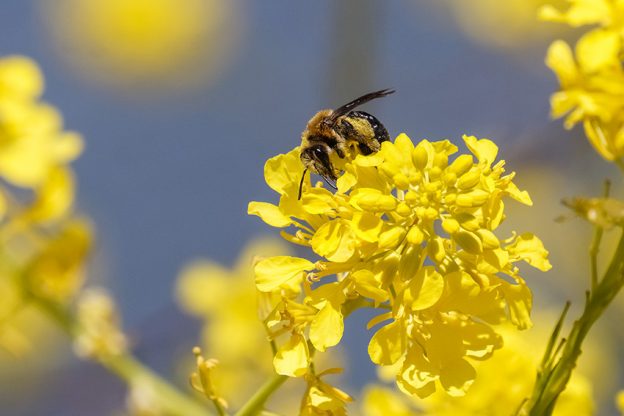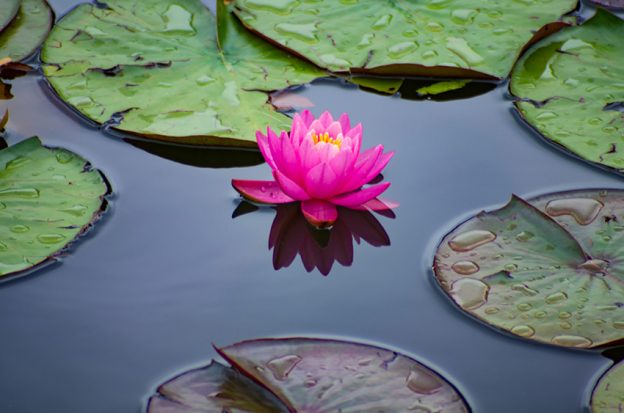With winter having arrived, many homeowners will be thinking about cozy evenings by the fireplace or being able to enjoy hearty meals with family and friends. However, this is also the time for them to be preparing their yards and outdoor spaces so that they will be able to withstand the harsh winter weather conditions as best as possible. Below are some aspects that we can assist you with that will help prepare your home to withstand the cold weather.
1. Planning Ahead and Getting an Early Start
The earlier you get started with winterizing your lawn, other plants, trees, shrubs, and irrigation system, the sooner you will be able to have your yard looking good when spring arrives. Your lawn and plants will also be able to absorb more nutrients this way. Waiting until there is snow on the ground to do this could result in your lawn and plants looking less than their best later on, or even dying in some cases.
2. Finding the Right Lawn Winterizer
Your lawn and garden will more than likely not survive the harsh winter months without having the correct winterizing products applied. Although most winterizing products contain similar ingredients to those found in other lawn food products, it is essential to obtain a product containing the correct ingredient ratios for your lawn. Our professionals will be able to advise you regarding which products will be best for your lawn and plants.
3. Removing Plant Debris
When left on your lawn for extended periods of time, leaves and other plant debris will cause dead and dry spots to develop. Allowing our team to assist you regularly with raking everything off your lawn and removing it from your property will help ensure that it remains aesthetically appealing and healthy.
4. Covering Flower Beds
While preparing your lawn to survive the cold winter months, it is recommended that your flowerbeds be covered with burlap sacks or fabric. This will provide your plants with much-needed protection against the cold and if you have not already done this, you should do so right away.
5. Taking Small and Fragile Plants Indoors
Some herbs, smaller pants, and delicate bulbs may not be able to survive to be out in the cold. Our team will be able to help you move these indoors so they can continue growing. However, you will need to act quickly if any are still outdoors at this time.
6. Preparing your Irrigation System
Chicago’s winter temperatures often drop to well below freezing, meaning that any water remaining in pipes, valves and other working parts of your irrigation system can suffer substantial damage if they are not correctly drained. In most cases, they will also need to be blown out with high-pressure air to ensure that no water remains anywhere. We will be able to advise you in this regard or perform this service on your behalf.
Our team is committed to helping you to keep your lawn and garden looking beautiful all year round. If you would like to find out more about the various landscaping and other services we offer, don’t hesitate to get in touch with our team today. We look forward to hearing from you.








